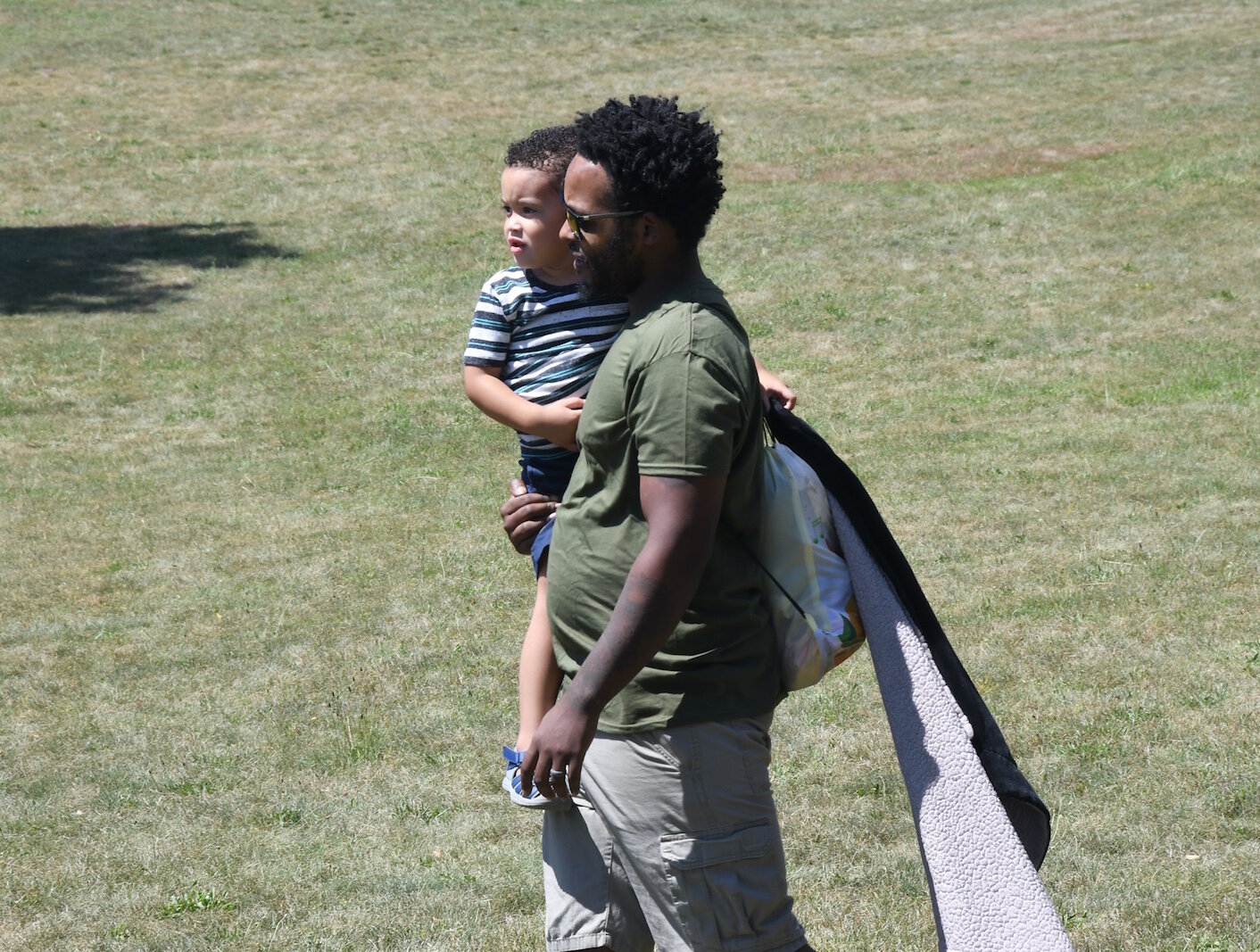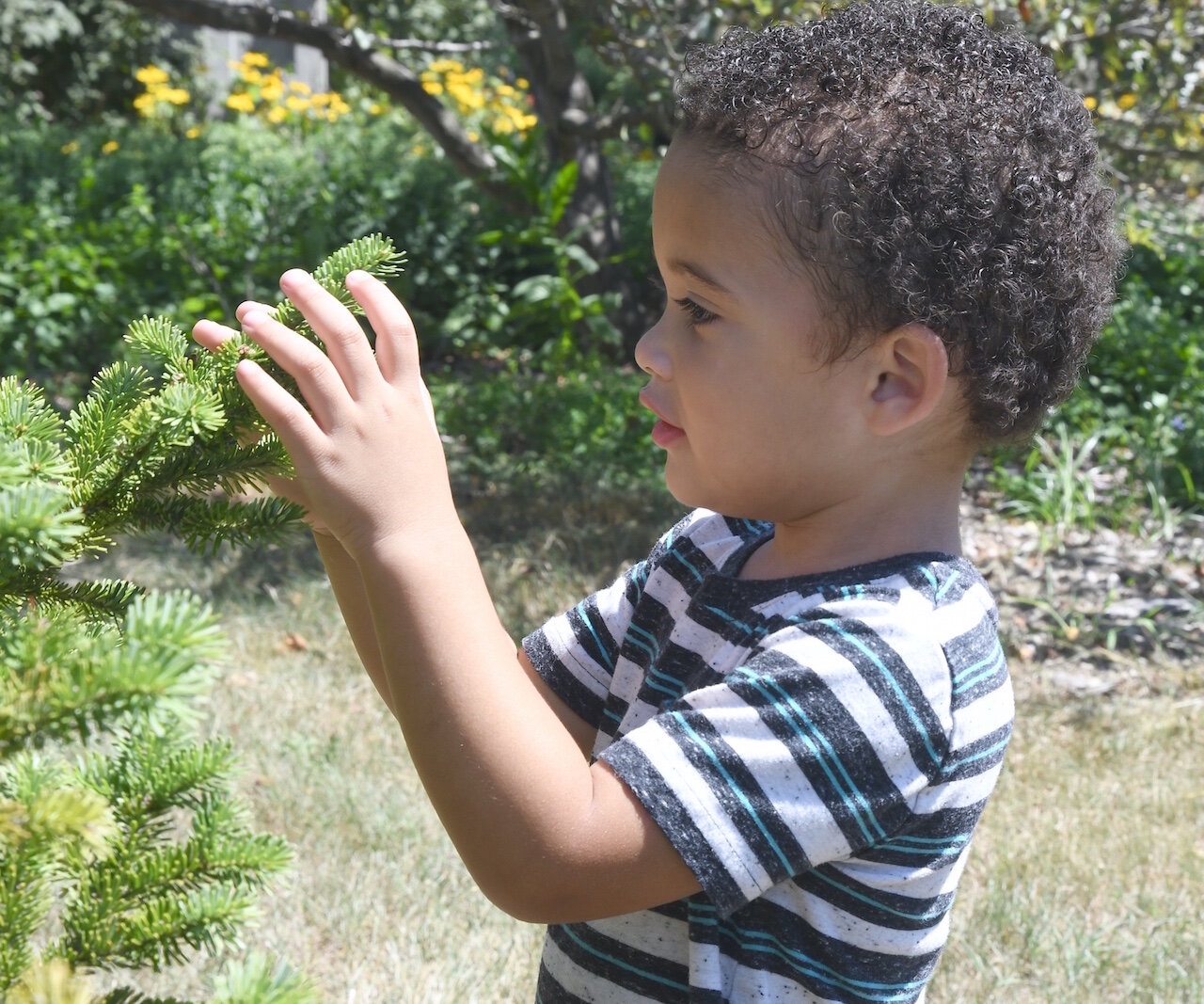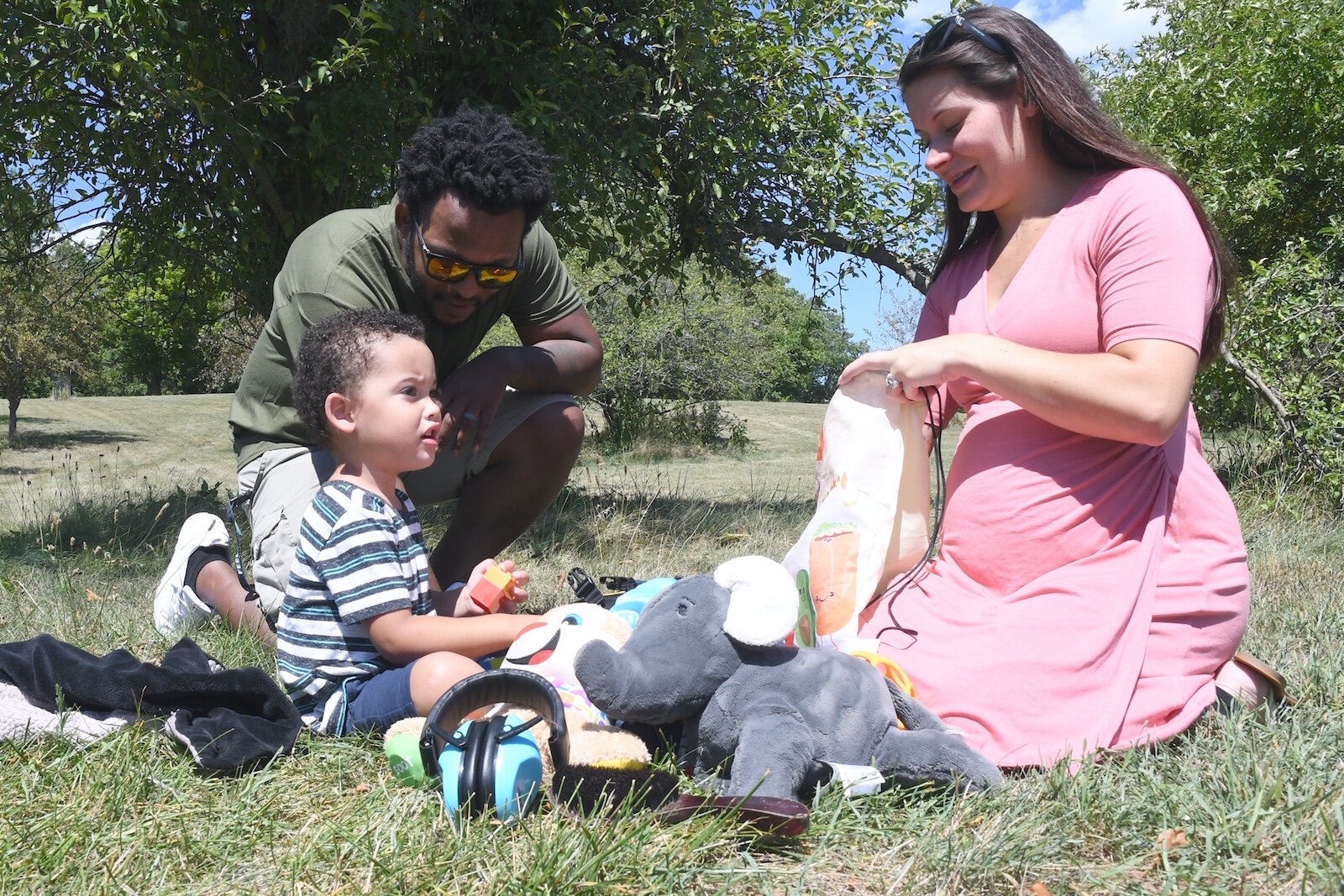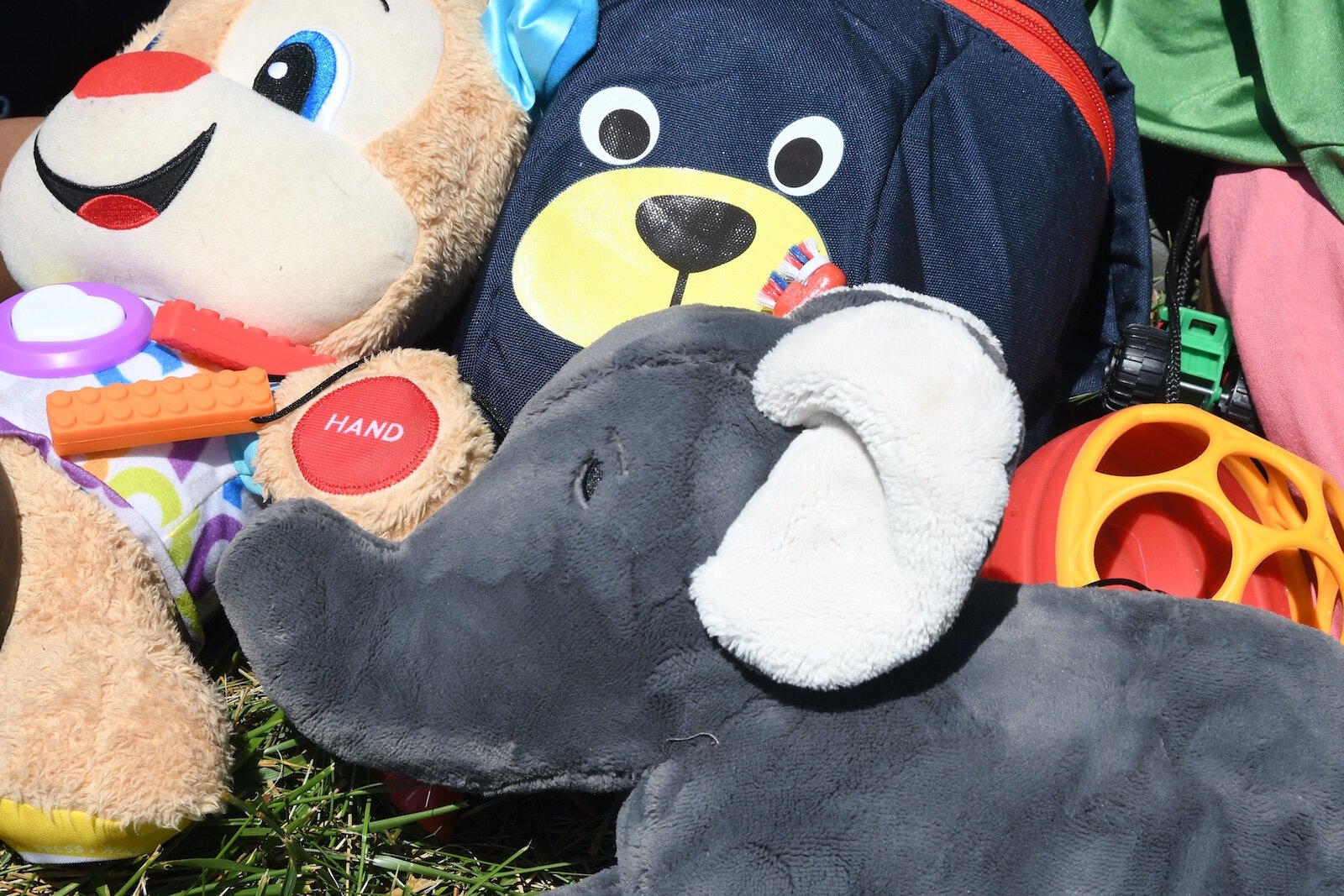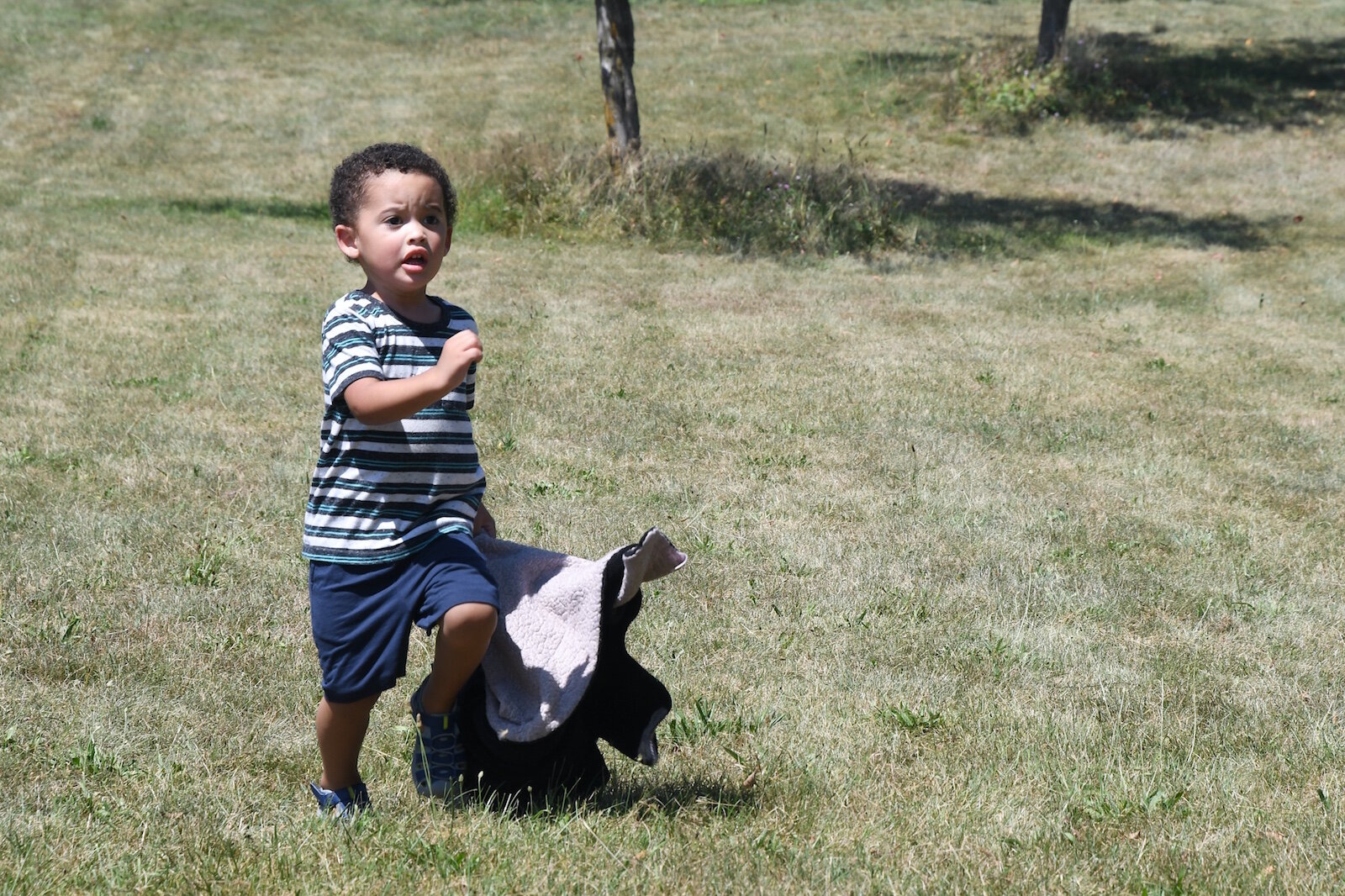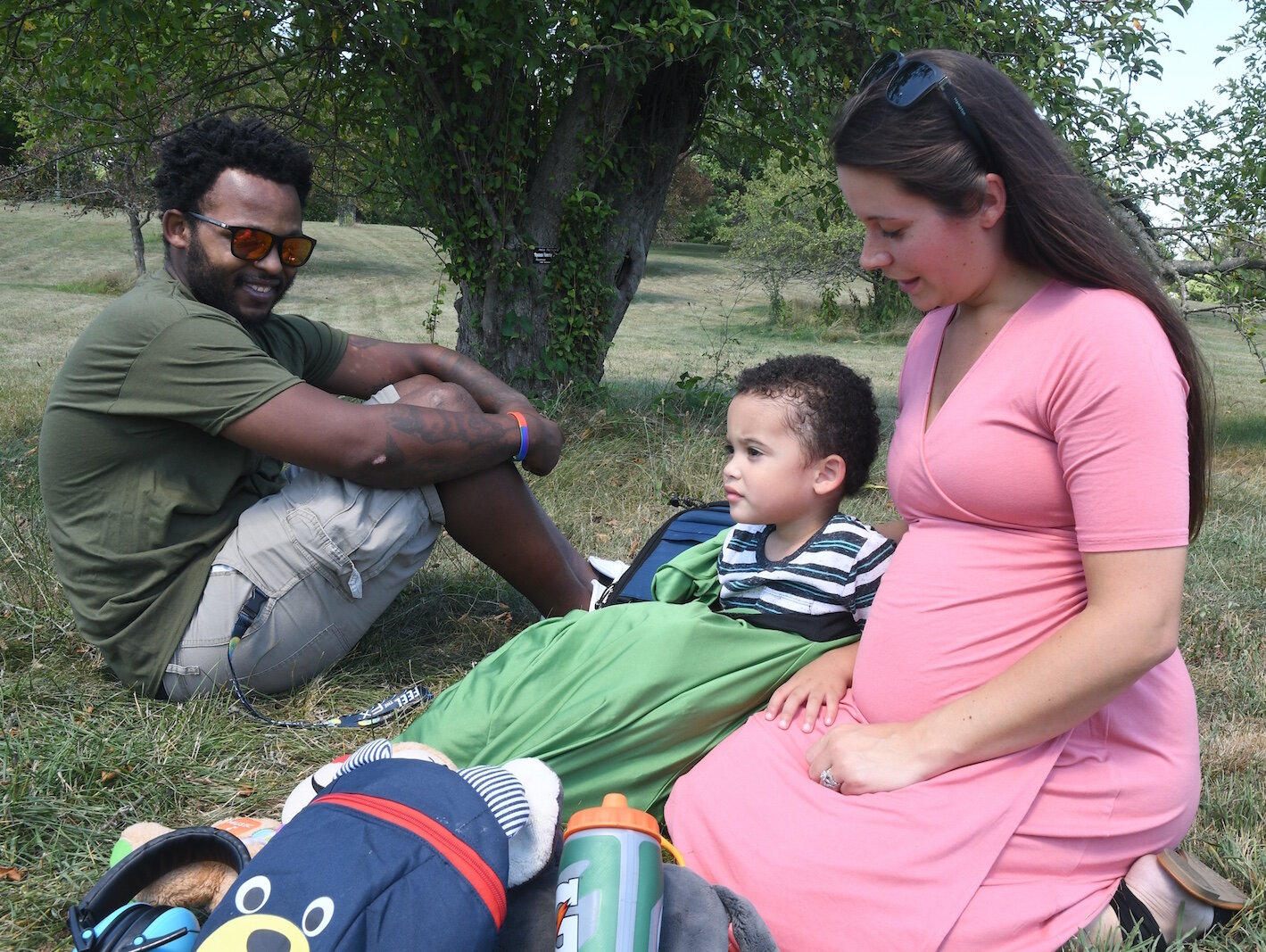Binder Park Zoo now offers tools that can help those who face sensory overload better deal with those situations.
This story was updated Aug. 28 to include new information on Binder Park Zoo’s work to provide a more positive experience for guests with sensory issues during their visit.
Editor’s note: This story is part of Southwest Michigan Second Wave’s On the Ground Battle Creek series.
Audrina Hampton knew several minutes after arriving with her family at Binder Park Zoo on a recent Thursday that their visit wasn’t going to last long.
The mother of a 3-year-old son with severe autism, Hampton says she contacted the Zoo beforehand to see what days and times would be the least disruptive for her child because “he’s severely autistic and large crowds overwhelm him,” she says of her youngest son, Greyson. She was told that Wednesdays and Thursdays tended to have lower attendance, but when they got to the Zoo she saw that there were “huge multiple crowds heading in at the same time.”
The Zoo receives a fair amount of inquiries via social media from people like Hampton who have children with special needs, says Leslie Walsh, Manager of Marketing and Development for the Zoo. She says she understands the concerns because most zoos are packed with exhibit after exhibit and there’s a lot of noise and stimulation and not always a place for families to take a break.
“We get those inquiries from families who want to come and visit the Zoo, but they have a child with autism or ADHD (Attention Deficit Hyperactive Disorder) and they’re asking us what they can expect when they get here,” Walsh says.
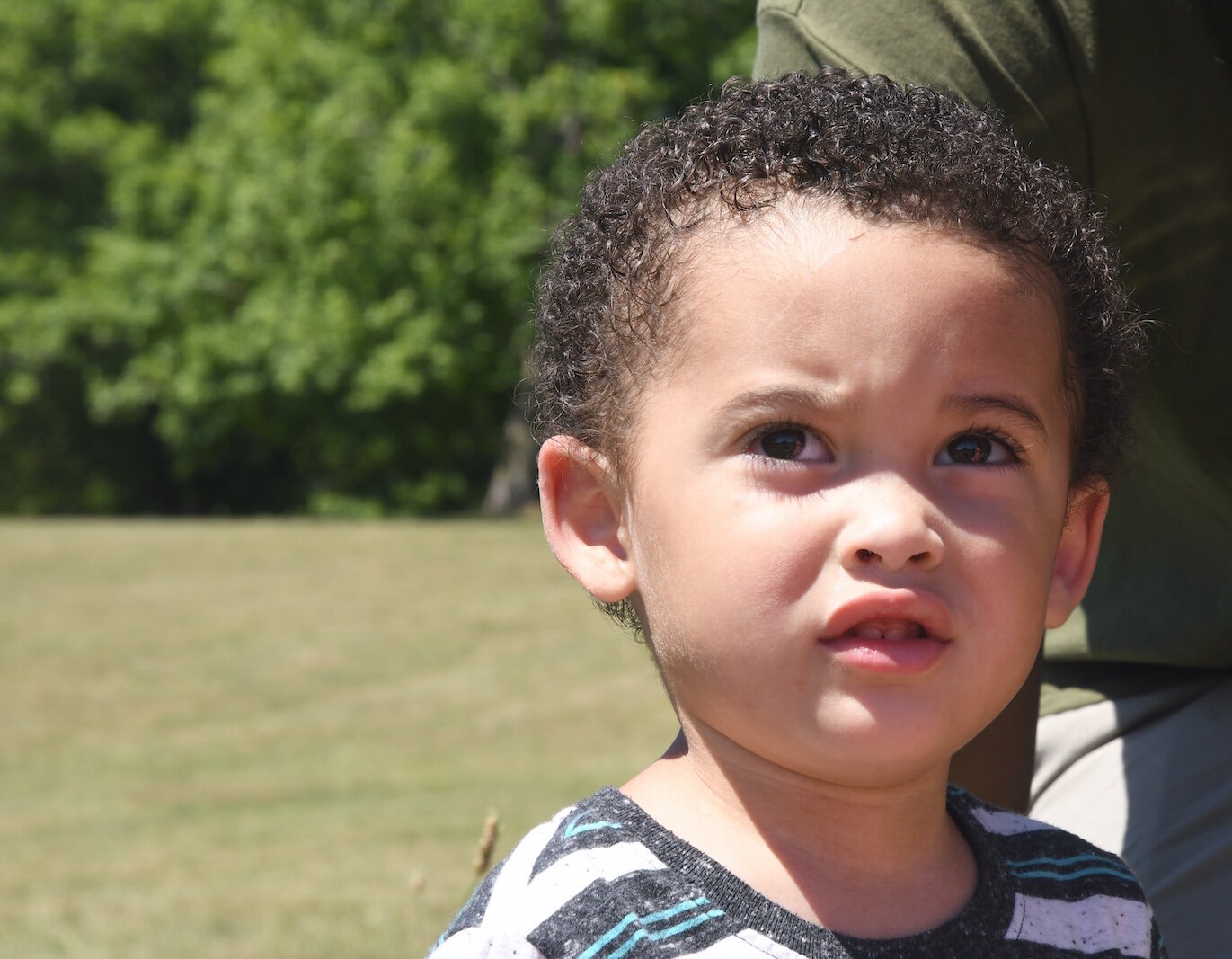
“We’re set on more than 433 acres. We have a lot of space. It’s a very park-like setting and we do have opportunities to identify spots where families with individuals with sensory issues are able to relax in a quiet setting.”
Understanding that it’s not easy to predict what the attendance will look like on any given day, Hampton says on the day they tried to visit the Zoo, “I looked at my husband and said, ‘He’s had a rough day already, do you really want to try it?’”
When they got to the ticket counter, she asked about refunds, explaining that their visit could be cut short depending on how well her son was able to handle the noise and activity level. Walsh says the Zoo has a blanket policy that is clearly stated in all of its materials that it does not give refunds.
“However, we do deal with those requests on a case by case basis,” she says.
After receiving an email inquiry from Hampton explaining her circumstances and questioning the refund policy, Renee Newman, Operations Manager for the Zoo, reached out with a handwritten letter that included passes to the Zoo for the family of four, soon to be five in September. That initial interaction led to another conversation about plans the Zoo has to better serve its child and adult guests who experience sensory sensitivities or challenges with sensory regulation, which is not limited to an autism diagnosis.
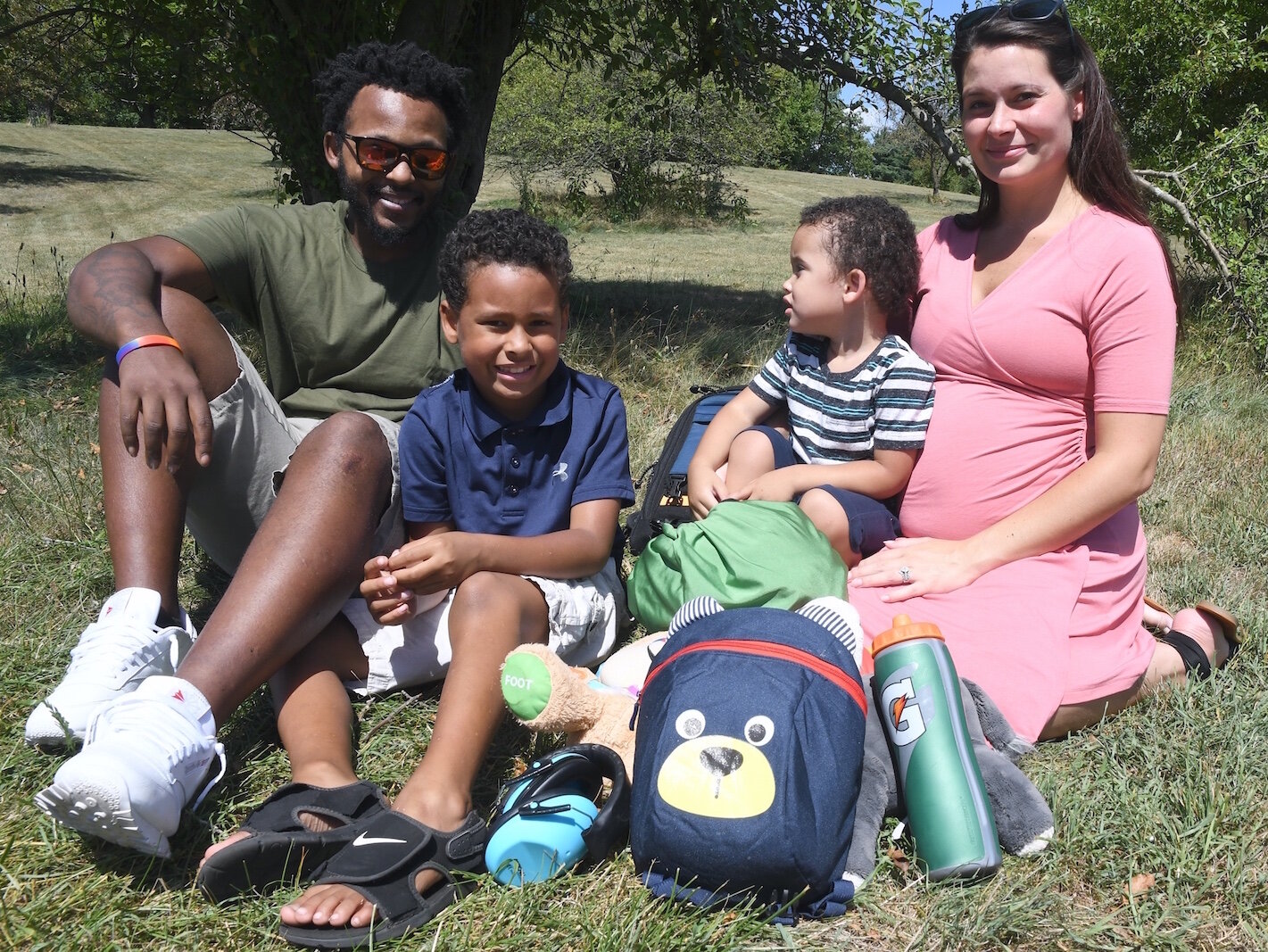
Binder Park Zoo is now one of a handful of family attractions in Southwest Michigan that are able to provide a more positive experience for guests with sensory issues during their visit.
The Zoo is now offering Sensory Bags at no cost to individuals who need them, Newman says. On August 24, the Zoo began to make available special sensory bags containing Puro Sound Labs noise-canceling headphones, fidget tools and verbal cue cards for guests to check out at the entrance gate of the zoo at no charge. Guests will be able to use the sensory bags in the event they feel overwhelmed by the zoo environment during their visit. Additionally, quiet zones inside the zoo are marked where guests can take a break from their visit, or recover from a sensory overload situation.
In addition to the sensory bags, Zoo staff underwent a certification process that included special training to recognize guests with sensory needs as well as the ability to handle a sensory overload situation.
Sensory sensitivities or challenges with sensory regulation can be a frequent experience for individuals with autism, dementia, PTSD, and other similar conditions. A major barrier to enjoying things like a visit to the zoo for these individuals can be their sensitivity to overstimulation and noise.
The contents of these bags will be available through a checkout system similar to a library at the gate entrance. They will be thoroughly cleaned and disinfected after each use. They are similar to what Hampton always has with her on outings with her son, Greyson.
“Before we go on a big trip, we have to prepare, and we have to make sure he has noise-canceling headphones that are compressive to his head and make him less anxious. We also have chewy necklaces because he stress-chews and stress-eats and he can pick these up and self-soothe,” Hampton says. “We always bring his stroller and make sure we bring snacks because he’s on a dairy-free and gluten-free diet.
“We also have to make sure we’re in an area that has easy access to changing tables because he’s still in diapers. And we have to make sure we have toys and our phones are charged in case he needs to watch the only two shows that he will watch.”

In addition to the bags, Newman says the Zoo also will have areas specifically designated for guests with sensory issues.
“We’ve identified locations within the Zoo where a guest with sensory issues may want to put on noise-cancelling headphones,” Newman says. “There are also areas identified within the Zoo that are quiet areas, to provide downtime and quiet time.”
Signage has been placed in these areas.
Newman says the planning for the Sensory Bag Program has been underway for more than a year. Zoo staff has been working with KultureCity, a nonprofit based in Birmingham, Ala., which is recognized nationwide for using its resources to revolutionize and effect change in the community for those with sensory needs, not just those with autism. KultureCity will provide the bags, at an undisclosed price, to the Zoo and also has conducted virtual trainings with all Zoo staff.
The training teaches what sensory needs are because most people don’t know what that entails, says Uma Srivastava KultureCity’s Chief Operating Officer.
“It’s not only children and adults with autism. People with diagnoses like Attention Deficit Hyperactive Disorder and early onset dementia also have sensory issues. We talk about that in the training,” Srivastava says. “We talk about what sensory overload looks like, that it’s something they might see, how they can address this overload in a public setting, and the best way to approach a teen or caregiver if he/she is experiencing this.
“One of the major barriers for these individuals is sensitivity to overstimulation and noise, which is an enormous part of the environment in a venue like the Binder Park Zoo.”
Hannah Smedley, Zoo Education Supervisor, says, “We as a department have run into circumstances where we’ve had campers with special or sensory needs who we were working to accommodate and that got the ball rolling about how we could serve those with sensory needs. I attended a couple of Association of Zoos and Aquariums conferences and this is kind of a hot topic with zoos around the country.”
During these discussions, she says KultureCity came up a lot because of their work to make facilities more sensory-friendly. Feedback from the parents of children with sensory issues who participate in the Zoo’s educational experiences programs made Smedley more aware of the additional time it takes these families to prepare for a successful outing.
Since it began six years ago, KultureCity has partnered with more than 550 venues in five countries, including the United States, to create sensory-inclusive venues, Srivastava says.
“We work with small community libraries with a staff of five to major and minor league sporting events,” she says. “It certainly opens up a whole world of possibilities for families and also for individuals to explore places like the library and attend sporting events.”
Binder Park Zoo is one of a growing number of venues in the area to offer Sensory Bags. Gull Meadow Farms began offering the bags in September, 2019. Several other locations in Michigan are also making the bags available, including the John Ball Park Zoo in Grand Rapids, The Potter Park Zoo in Lansing, and Comerica Park in Detroit.
“People with these needs have always existed and so the resources to accommodate them are becoming more mainstream as we are learning about the tools available to help them,” Smedley says.
Offering the Sensory Bags is not that different than the motorized scooters the Zoo makes available to its guests with mobility issues, Walsh says.
“There’s a greater awareness about the need and it’s really about keeping up with the times and what our guest’s needs are,” she says. “Going through the online training expanded my definition of people who might fall into that category, like military veterans who struggle with noise or unexpected occurrences.”
Hampton, owner of Hampton Aquatics and Fitness in Battle Creek, says she is glad the Zoo is making the Sensory Bags available because this will give family members and caregivers of children and adults with sensory issues more opportunities to focus on providing positive experiences during their visits. More importantly, she says, acknowledging and addressing the needs of those like her son will go a long way to lessening the stigma still associated with a diagnosis of autism.
In addition to Greyson, Hampton and her husband, Byron, have an older son, Davin, age 7, and are expecting a baby girl due in September. “It impacts the whole family,” she says of Greyson’s autism. “I feel so bad for my oldest son.”
However, the look she gets from perfect strangers when she is out with Greyson makes her feel equally as bad. She has stopped taking him with her to the grocery store because the noise and movement got to be too much for him. When he had a “meltdown” she would have to lay on the ground with him and rock him or sing to him until he was in a better mental space.
“People would look at me, like what is she doing with this gigantic child treating him like a baby and people would stop and stare,” Hampton says. “If I had been one of those people I would have asked if they needed help. I wish people would be helpful, not judgmental. It just adds another layer to what we’re already trying to manage.”
The Hampton’s knew when Greyson was six-months-old that something wasn’t right. Among the earliest signs was the lack of eye contact. Hampton says her earlier work with mentally disabled at the Arc in Battle Creek helped her to recognize what was happening and she began reaching out to have her son evaluated when he was 11-months-old.
At 3-year’s of age, Greyson’s mental capacity is that of an 8-month-old. Even though he can’t answer questions or carry on a conversation, Hampton says she encourages people to ask him questions and interact with him.
“I will have a one-sided conversation with my son all day because you don’t know how much he understands,” she says.
As a way to develop a better understanding of what autism is and how it impacts the families raising and caring for autistic children and adults, Hampton writes a blog called “Adventures with Greyson” to try to show “the good, the bad, and the different tools” just to help people, she says.
“It weighs on you as a parent. You’re scared and that’s a completely normal feeling. I wished I’d had someone to reach out to and that’s what I try to with the blog. “I’m trying to raise as much awareness as possible.”
Walsh says she hopes that the availability of the Sensory Bags at the Zoo also will raise awareness of the importance of making accommodations to create a more inclusive environment for individuals with sensory issues.
“We don’t want to be one of those organizations that say we want to be inclusive,” Walsh says. “We want to show that we’re doing something and not just talking about it.”


